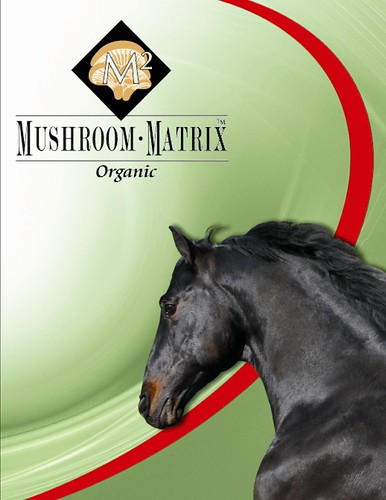The kindest gift you can give your horse is a passport to good health. When we buy horses, take them home and put them in the stable, we also assume responsibility for their happiness and well-being. Like all things in life, the simplest approach you can take is usually the best one.
Assuming good nutrition is a given, I will always stand by the additional three basic principles of GRFS—Good Riding, Footing and Shoeing. These three things are essential to the good health, longevity and happiness of any sport horse. The more you update, improve and implement GRFS—the more likely you are to see improved health in your horses.
I don’t want to play down the role of a good veterinarian in the life of a sport horse. When things go wrong this is the guy you need, but in my experience you only need the vet when your GRFS has failed. So if long-term, successful management is your goal, then pay attention to the following details in the care of your horse.
Good Riding is defined by increased strength, impulsion, self-carriage and elasticity over the competitive life of your horse. Bottom line. We could discuss methods and systems for days, but if your horse is not showing improvement in these four areas over the years that you train him, then you are not practicing good riding.
Good Footing can also be defined by the impulsion and elasticity that it encourages. Your horse should be able to push off the surface he is working on without undue strain. The footing should not suck the impulsion out of his gaits. At the same time, your footing needs to absorb shock and allow the horse to bounce out of it with every stride in order to preserve the health of his joints.
Work 10 horses on your footing at home and then put it to this test without dragging it first. You (yourself without the horse) should be able to sprint across your dressage footing without the boggy feeling of running on a sandy beach. You should not find a hoof print deep enough to twist your ankle. You should not get bruises on the balls of your feet from the hardness of the surface. And a normal number of jumping jacks should not wear you out any more than usual.
This is a tough one, Rita, and I freely admit that I am blessed to live in Germany where footing production has become a finely tuned business. My recommendation for footing can be found at: http://www.ottosport.de/public/
Good Shoeing is defined by your horse’s coronet band. Learn to read it and either weep or rejoice by what you see. Now, I gotta tell ya, Rita, as a good horseman it is not your job to tell the farrier how to shoe your horse. But it is your job to recognize good shoeing when you see it and avoid bad shoeing at all costs. If your horse is badly shod, you can expect your vet bills to skyrocket.
Your farrier should know how to properly balance a foot so that the coronet band is one continuous smooth line, the breakover point is correct, the foot lands flat, and the angles hold true for 5-7 weeks of growth. If your farrier can’t meet these basic standards, find another one. And when you find a good farrier, treat him better than your best friend because he is more important to your competitive success than anybody else.








0 Responses:
Post a Comment